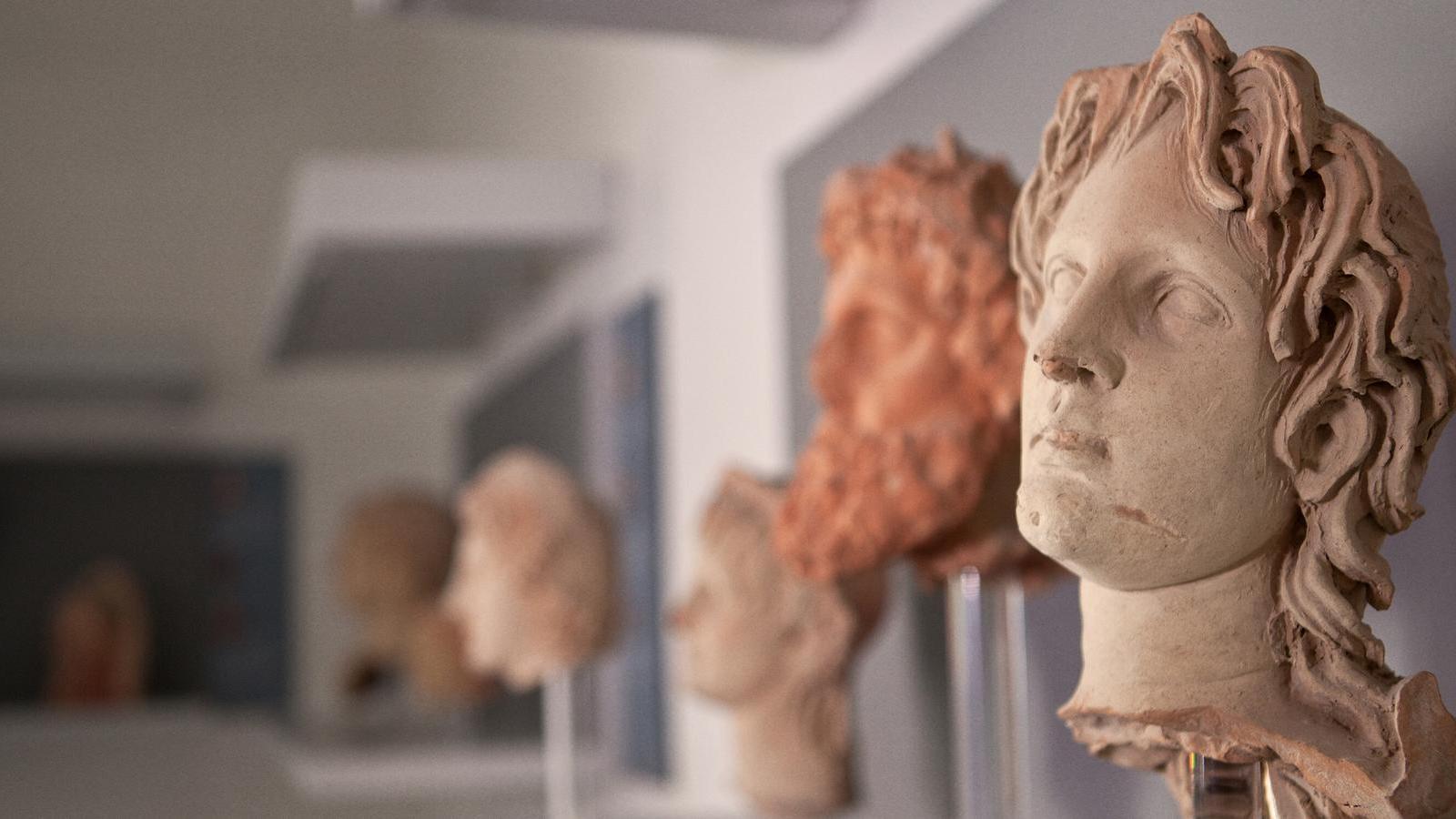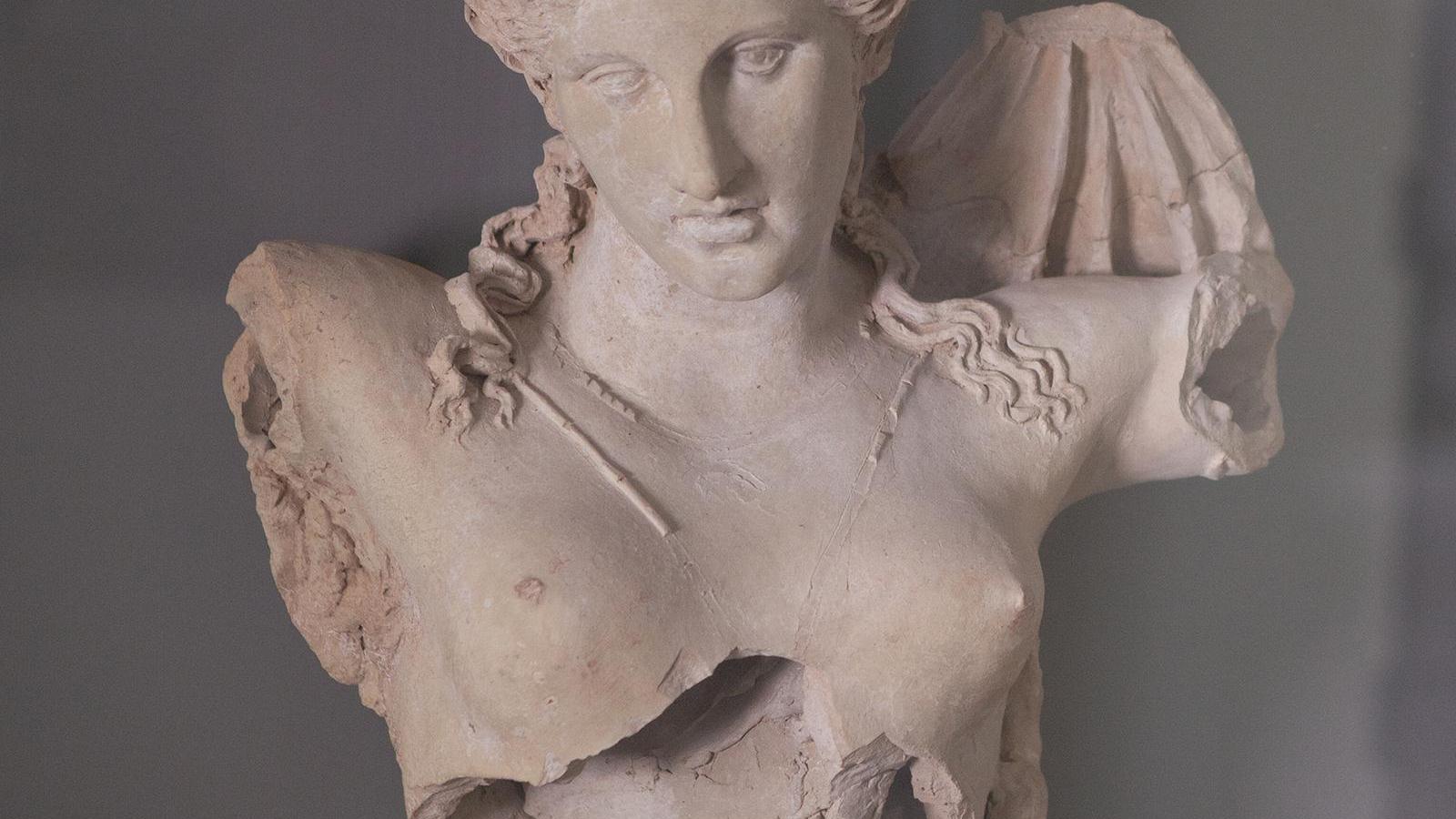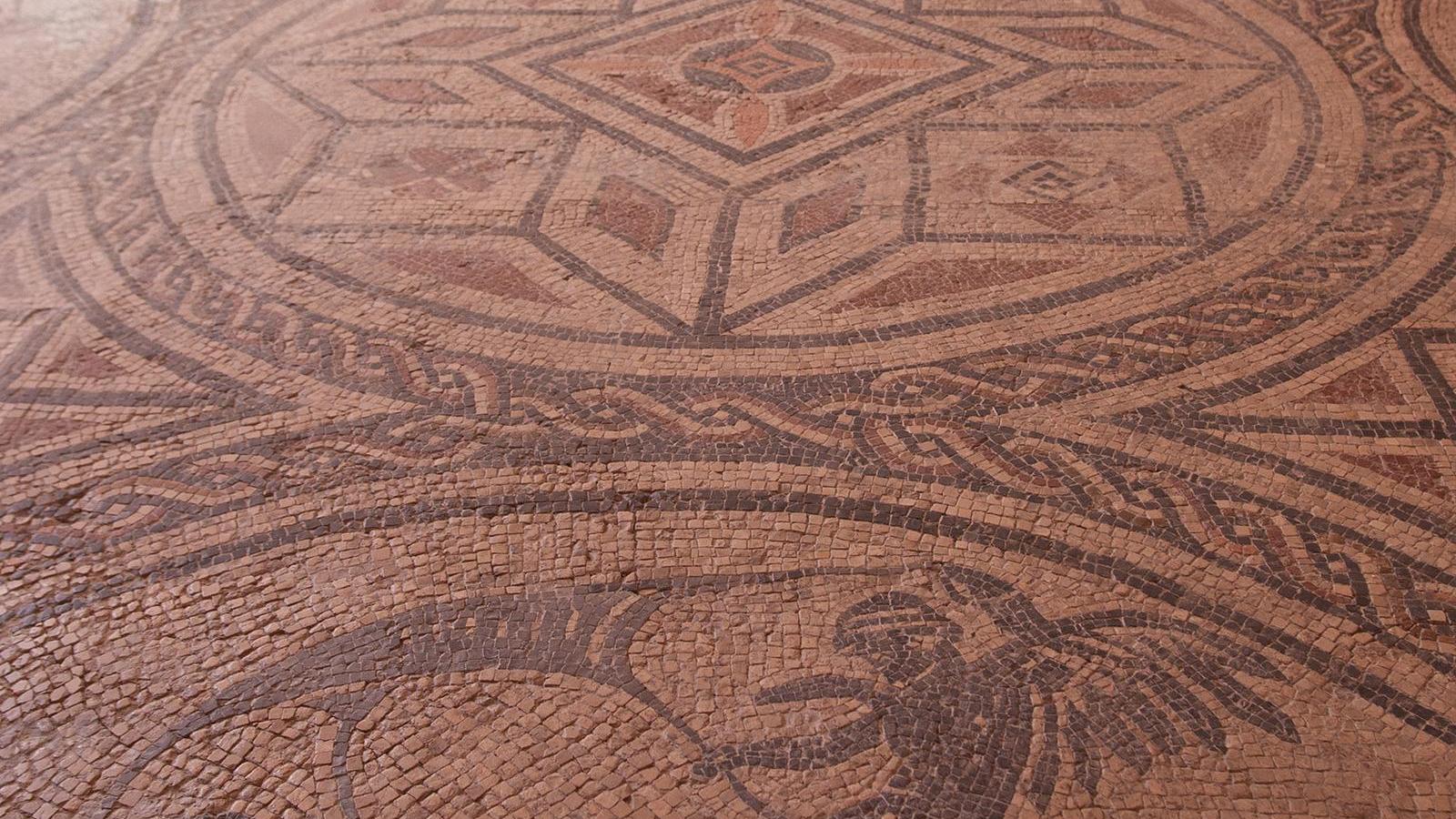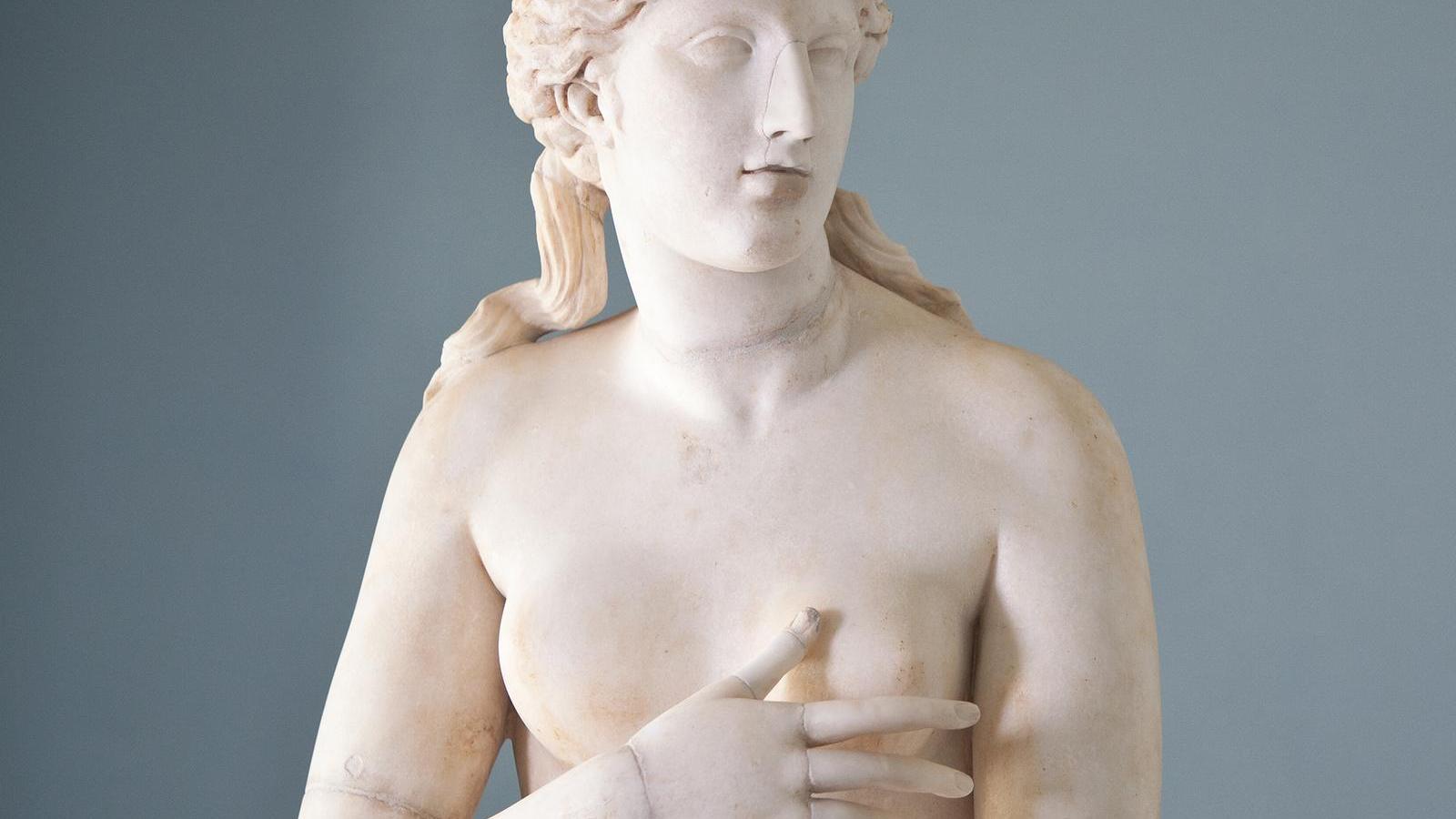Photo gallery
Information
The museum is named after the Neapolitan archaeologist, but of lucerne origin, Giuseppe Fiorelli, the first promoter of scientific excavations in the area of Pompeii.
The exhibition center was formally established in 1905, thanks to donations from several families lucerine, but already from '70 of '800 was set up an antiquarium city in two rooms on the ground floor in Palazzo Mozzagrugno (municipal seat). The Museum was then allocated to the premises of the beautiful Palazzo Cavalli - de' Nicastri in 1936 and now has archaeological finds ranging from prehistory to the Middle Ages.
The section relating to the prehistoric age is housed on the ground floor and consists of flint and bronze weapons, pre-Roman Daunia ceramics, red-figure apula ceramics and black paint.
The section of classical archaeology is set up on the first floor and is proud of the votive Stipe of the Saviour, consisting of anatomical ex-voto in terracotta (hands, feet, legs, genital organs, breasts, etc.). Of sublime beauty are then the head of Minerva and the splendid fragmentary bust of Proserpina (or Venus) and the statue of Venus pudica. The collection also includes architectural elements, such as acroteri antefixes, engraved plates, statues of animals, infants in bands, heads and statues of youths and maidens, masks, manly statues in Greek and Roman dress, etc.
Of particular interest are the mosaic floors on display: the most extensive polychrome and geometric decorations and scenes of marine environment comes from the Terme di Piazza Nocelli.
The early Christian archaeology section is represented by two mosaic decorations, part of the pavement of an early Christian basilica, and other finds from the excavations of San Giusto (a column, a cappuccina tomb, late antique coins, two Byzantine monetary weights, etc.)
The section of medieval archaeology offers splendid testimonies of the Saracen Lucera of Frederick II, such as the glazed Saracen ceramics; a cookware helmet found in the Swabian Angevin fortress; capitals and keystones from the Swabian palatium, etc..
The Palazzo Cavalli - de' Nicastri still has many of the original furnishings: further reason to visit it.






